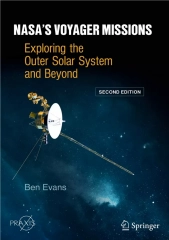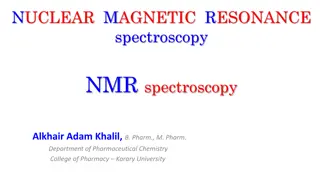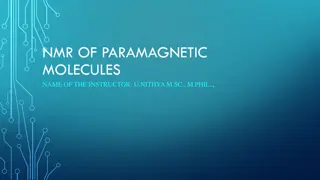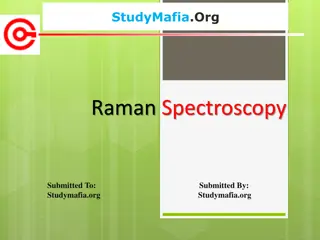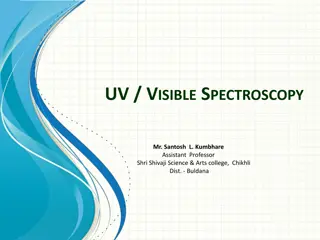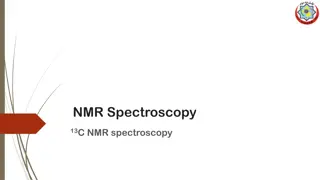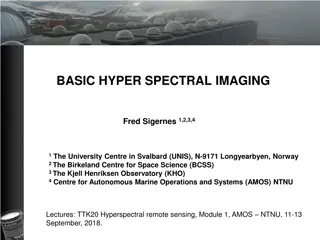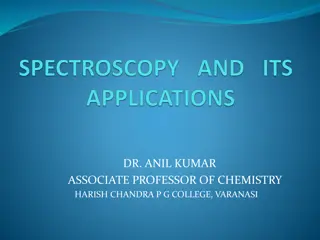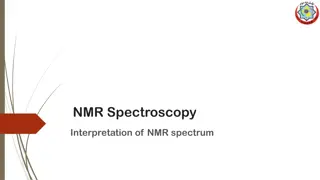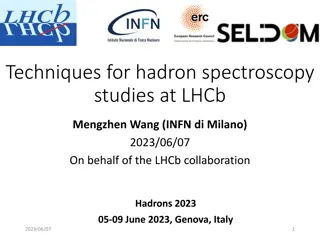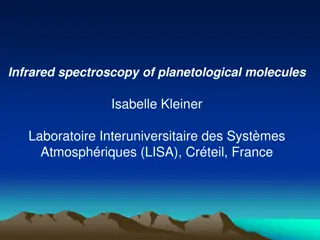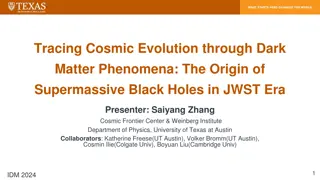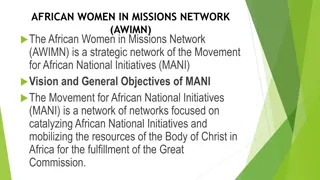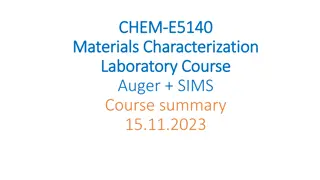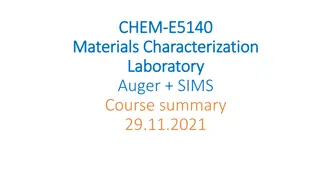Best Practices for Spectroscopy in JWST Missions
Explore key aspects such as wavelength coverage, spectral resolution, use of slits for faint targets, and choosing between different instruments like NIRSpec and MIRI for optimal results in time-series spectroscopy with JWST. Learn about the impact of apertures on precision and saturation limits for various configurations, offering insights into maximizing the scientific potential of JWST observations.
Download Presentation

Please find below an Image/Link to download the presentation.
The content on the website is provided AS IS for your information and personal use only. It may not be sold, licensed, or shared on other websites without obtaining consent from the author. Download presentation by click this link. If you encounter any issues during the download, it is possible that the publisher has removed the file from their server.
E N D
Presentation Transcript
Summary Single Object & Time Series Spectroscopy Jeff Valenti JWST Mission Scientist Space Telescope Science Institute
Relevant templates in APT MIRI NIRSpec 1 9 3 NIRCam NIRISS 1 2 16 optical configurations for single object spectroscopy
Wavelength vs. resolution Wavelength coverage Continuum slope due to clouds, haze, etc. Spectral resolution Detect narrow spectral features Bin pixels to improve systematics Wavelength coverage requires more visits
Spectral resolution, wavelength coverage Original figure from Pierre Ferruit 7 configs 0.7 28 m R~2700 2 configs 0.6 12 m R~100 0.6 1 2 3 4 5 7 10 20
Faint targets Use NIRSpec and MIRI slits. Wavelength coverage is 0.6-12 m (2-5 settings). NIRCam and NIRISS do not have slits. A slit reduces dispersed background. Line and continuum sensitivities are better. NIRSpec is ~2-5x more sensitive than NIRCam. MIRI slit is ~10x more sensitive than MIRI slitless.
When to use an IFU Beyond ~12 m, use MIRI MRS. No other choice. Diffraction from slice edges. 5-28 m (3 settings). High resolution. Below 5 m, use NIRSpec slits. Slit spectra have no contamination. MSA light leaks contaminate IFU spectra. Contemporaneous calibration takes time. For 2D spectra, use NIRSpec IFU.
Saturation limits Inst Disperser Filter Limit #G FW Amp Subarray PRISM CLEAR 0.6 5.3 J>9.8 G140H F100LP 1.0 1.9 J>6.6 NRS 1 90% 1 2048x32 G235H F170LP 1.7-3.1 J>5.9 G395H F290LP 2.9 5.2 J>5.1 0.6 2.8 J>7.2 2048x256 NIS GR700XD 1 1 1.0 2.8 J>6.0 2048x80 GRISMR F322W2 2.4 4.0 K>4.6 NRC 2 80% 4 2048x64 GRISMR F444W 3.9 5.0 K>3.7 MIR LRS 5.0 12 K>5.4 2 60% 416x72 G2V, no saturation at any wavelength
How an aperture affects precision Target motion changes clipping of PSF wings. Target drift can cause systematic variations. Star tracker pixels and mounts, thermal changes. Flux variations depend on target offset. NIRSpec has a 1.6" x 1.6" square aperture. 7 mas jitter causes 40 ppm variations [Dorner PhD]. Star tracker errors cause offset along spatial axis. Optimal extraction not affected by spatial wings. Use spatial offsets to improve flux precision.
Slit losses in NIRSpec square aperture 1 Jitter From PhD thesis Bernhard Dorner
Roll drift is perpendicular to dispersion Check location of spectrum for NIS and NRC.
Slit vs. Slitless Slit causes flux variations as target moves. Correct by comparing with spectrum location. Determine ultimate precision on orbit. Slitless spectra may be affected by neighbors. Choose orientation to minimize contamination. Equal sensitivity to other error sources.
Factors to consider for time series Wavelength coverage Spectral resolution Bright limit Variable slit losses due to target motion Contamination by neighboring sources
Additional factors to consider Bright limit Spatial smearing Proximity of spectrum to edge of subarray. Repeatability of spectrum location. Magnitude and direction of target motion.


